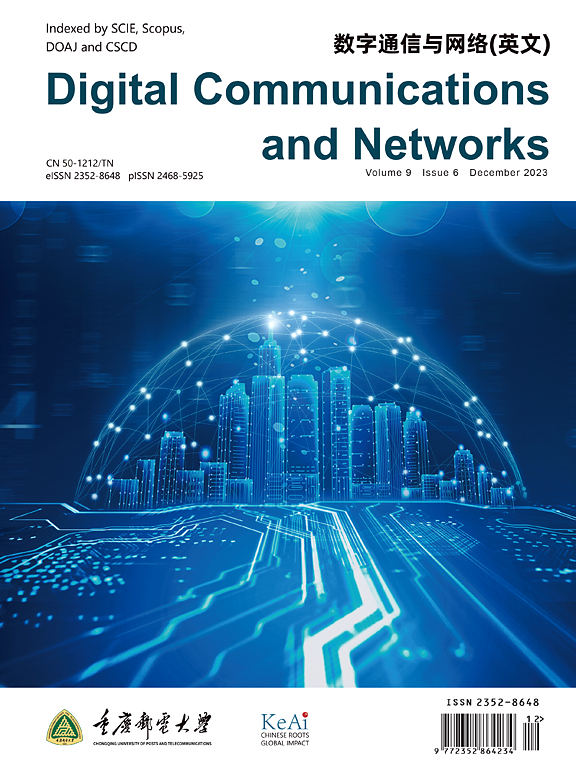无人机与无人潜航器自动协同水面覆盖与清洁策略
IF 7.5
2区 计算机科学
Q1 TELECOMMUNICATIONS
引用次数: 0
摘要
随着地表垃圾污染问题的日益严重,有必要提高垃圾检查和拾取的效率,而不是传统的人工方法。由于其重量轻,无人机可以在短时间内通过其飞行视场遍行整个水面。此外,无人水面舰艇(usv)可以提供电池更换和垃圾收集。本文创新性地建立了无人机与无人潜航器协同工作的系统框架,并制定了自动清水策略。首先,在划分原理的基础上,提出了一种基于无人机异地起降的协同覆盖路径算法,实现全局巡检;其次,设计了一种基于粒子群优化算法的usv任务调度和分配算法,以平衡垃圾负载。最后,基于群体智能算法,设计了无人潜航器自主避障路径规划算法,实现无人潜航器自主导航和协同清扫。系统可以在一定的约束条件下同时执行巡检和清关任务。仿真结果表明,与其他方案相比,该算法具有更高的通用性和灵活性,同时有效地提高了计算效率,降低了实际清洗成本。本文章由计算机程序翻译,如有差异,请以英文原文为准。
Automatic collaborative water surface coverage and cleaning strategy of UAV and USVs
As the problem of surface garbage pollution becomes more serious, it is necessary to improve the efficiency of garbage inspection and picking rather than traditional manual methods. Due to lightness, Unmanned Aerial Vehicles (UAVs) can traverse the entire water surface in a short time through their flight field of view. In addition, Unmanned Surface Vessels (USVs) can provide battery replacement and pick up garbage. In this paper, we innovatively establish a system framework for the collaboration between UAV and USVs, and develop an automatic water cleaning strategy. First, on the basis of the partition principle, we propose a collaborative coverage path algorithm based on UAV off-site takeoff and landing to achieve global inspection. Second, we design a task scheduling and assignment algorithm for USVs to balance the garbage loads based on the particle swarm optimization algorithm. Finally, based on the swarm intelligence algorithm, we also design an autonomous obstacle avoidance path planning algorithm for USVs to realize autonomous navigation and collaborative cleaning. The system can simultaneously perform inspection and clearance tasks under certain constraints. The simulation results show that the proposed algorithms have higher generality and flexibility while effectively improving computational efficiency and reducing actual cleaning costs compared with other schemes.
求助全文
通过发布文献求助,成功后即可免费获取论文全文。
去求助
来源期刊

Digital Communications and Networks
Computer Science-Hardware and Architecture
CiteScore
12.80
自引率
5.10%
发文量
915
审稿时长
30 weeks
期刊介绍:
Digital Communications and Networks is a prestigious journal that emphasizes on communication systems and networks. We publish only top-notch original articles and authoritative reviews, which undergo rigorous peer-review. We are proud to announce that all our articles are fully Open Access and can be accessed on ScienceDirect. Our journal is recognized and indexed by eminent databases such as the Science Citation Index Expanded (SCIE) and Scopus.
In addition to regular articles, we may also consider exceptional conference papers that have been significantly expanded. Furthermore, we periodically release special issues that focus on specific aspects of the field.
In conclusion, Digital Communications and Networks is a leading journal that guarantees exceptional quality and accessibility for researchers and scholars in the field of communication systems and networks.
 求助内容:
求助内容: 应助结果提醒方式:
应助结果提醒方式:


